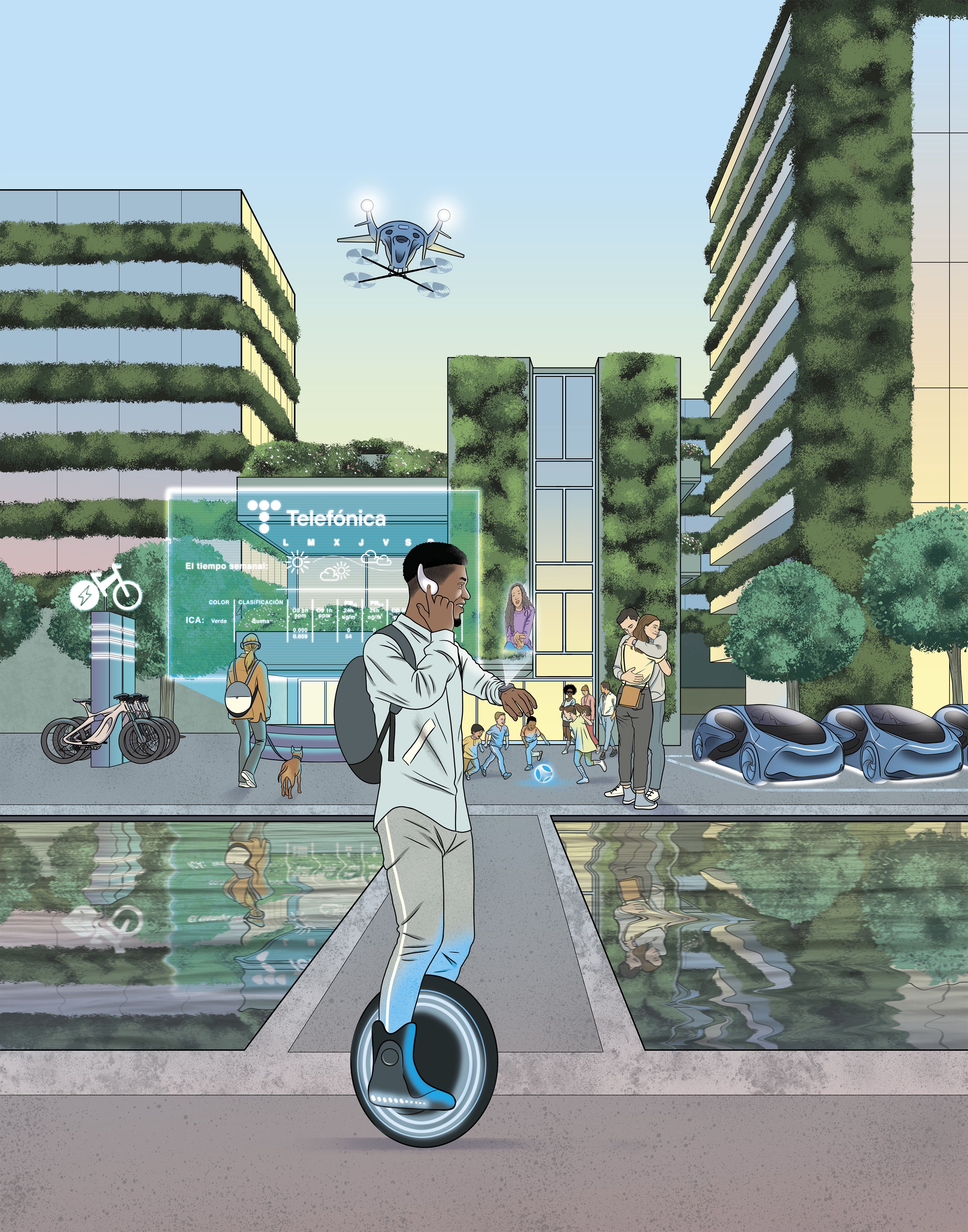
HISTORY AND FUTURE OF A ONE OF A KIND COMPANY
100 +
Nine stories to tell a tale
Telefónica's Centenary Book covers the first century of the company's life, not from the back to the front, but in a circle. It is a complete tour of the company, with different stories that can be read in any order and describe what Telefónica is and what it has always been. And of the future in which it is already immersed.
For example, it deals with the company's DNA, which, as if it were a living being, has defined it since its birth and remains unalterable. Also the times of the voice, the first raw material with which Telefónica worked. And then data and the modernisation of an entire country. And how the arrival of mobile phones and the internet turned everything upside down and forced the company to reinvent itself almost entirely. And also the transition from monopoly to the challenge of an open market in which seducing the customer was everything. Or the internationalisation and the business, emotional, economic and cultural adventure that this entailed. And the people, always the people. The team, the customers, the shareholders, the institutions... it is a company made of people and made for people. It also deals with everything that transcends business and serves to improve the world, from philanthropy to art, culture, and sport... and how Telefónica gives back to society part of what society gives to it. And all of this, to lead the future and build momentum for the next 100 years.
The DNA of a very human company
Chapter 1
The introductory chapter talks about the way Telefónica does things and what characteristics have defined it since its foundation. Through specific stories, this chapter explains the birth of CTNE, the early years, the first challenges and how this unique personality has survived over time.
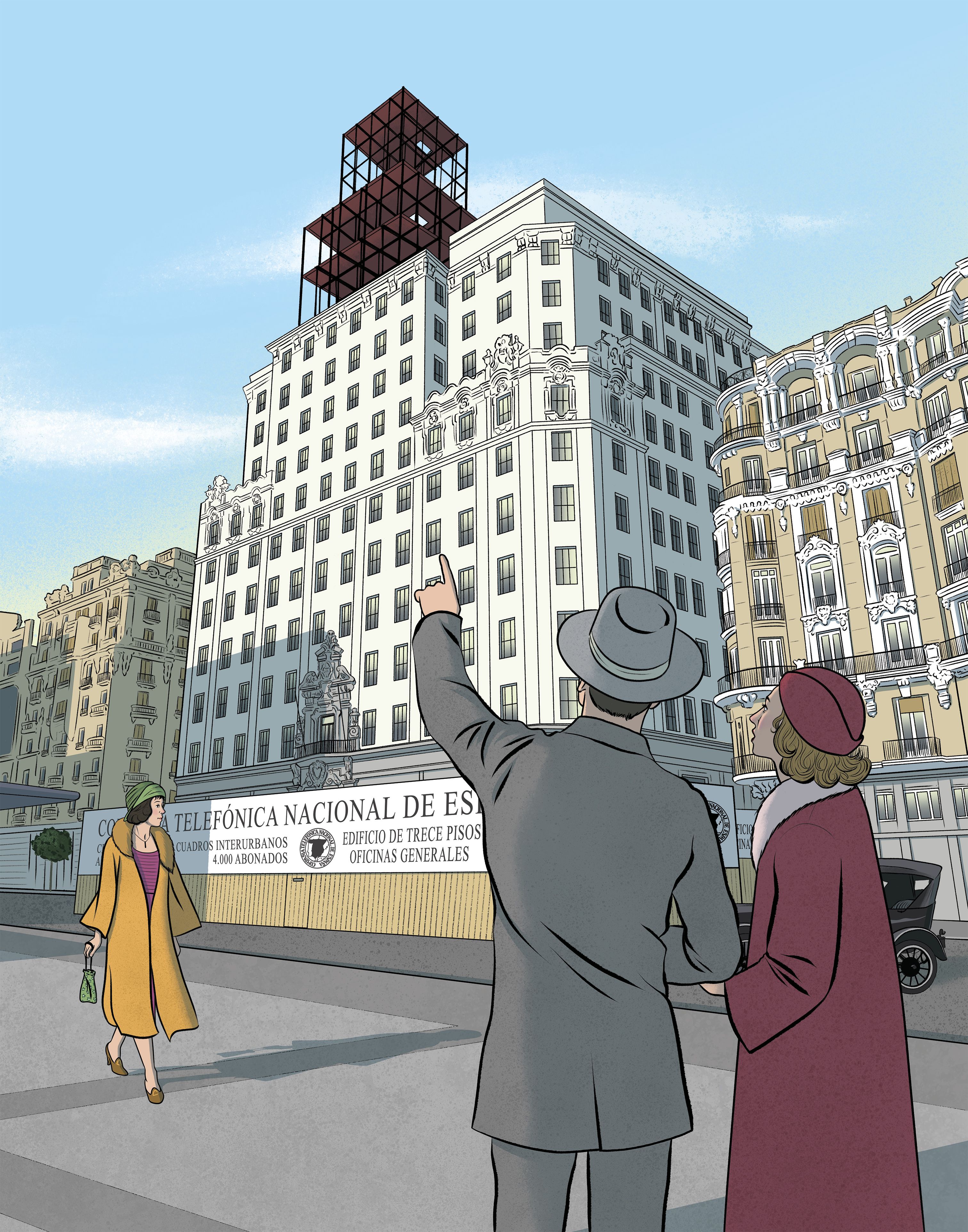
Everything was voice
Chapter 2
Through the story of Carmen -a telephonist- and Juan -a network operator- chapter 2 reviews the history of voice when it was the only service provided by Telefónica. From manual exchanges to switching, automation, submarine cable, long-distance,...
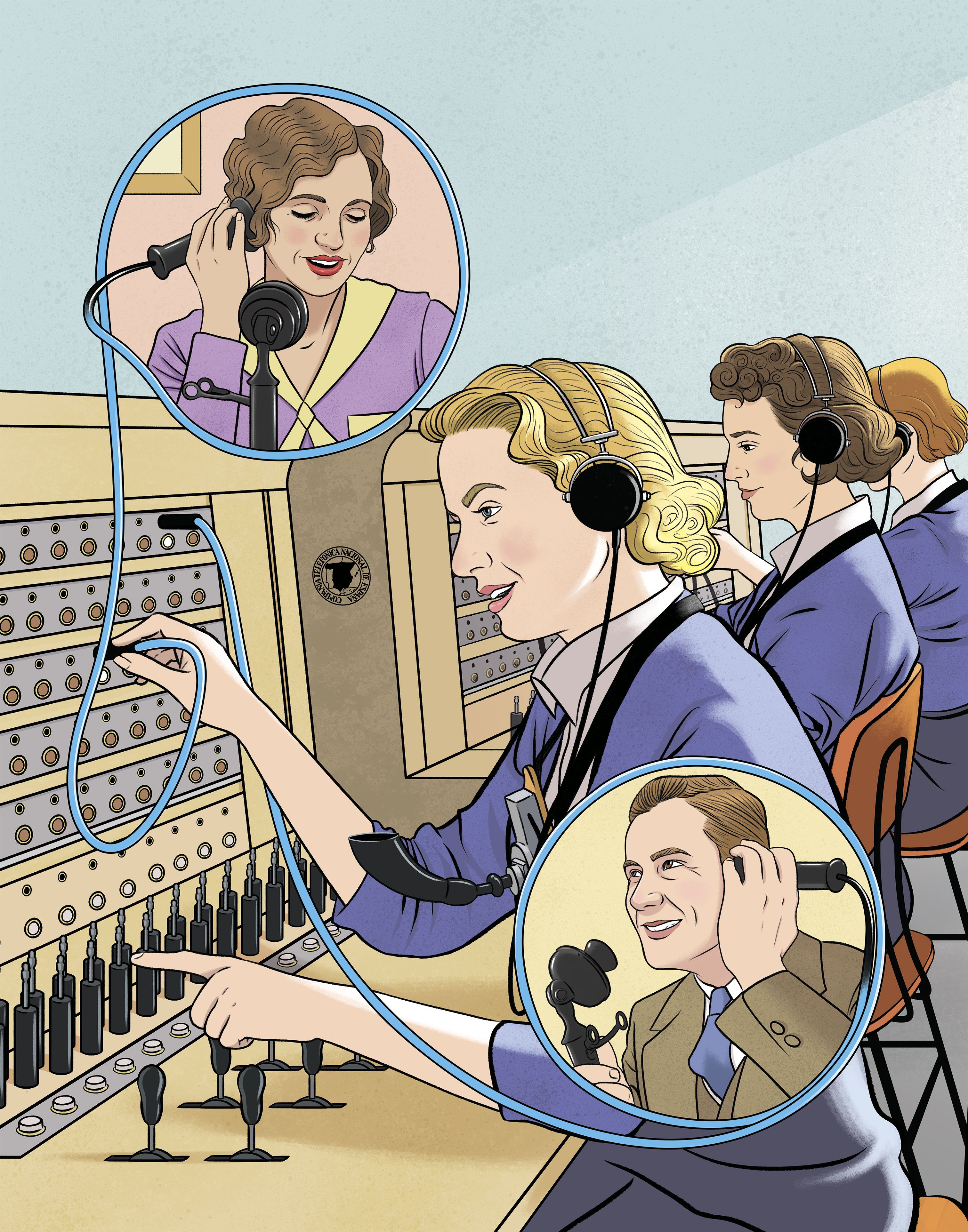
Pioneers in data networks
Chapter 3
Chapter 3 tells the story of Telefónica's pioneering role in the deployment of data networks, making Spain the most advanced country in Europe and revolutionising entire sectors, such as banking.
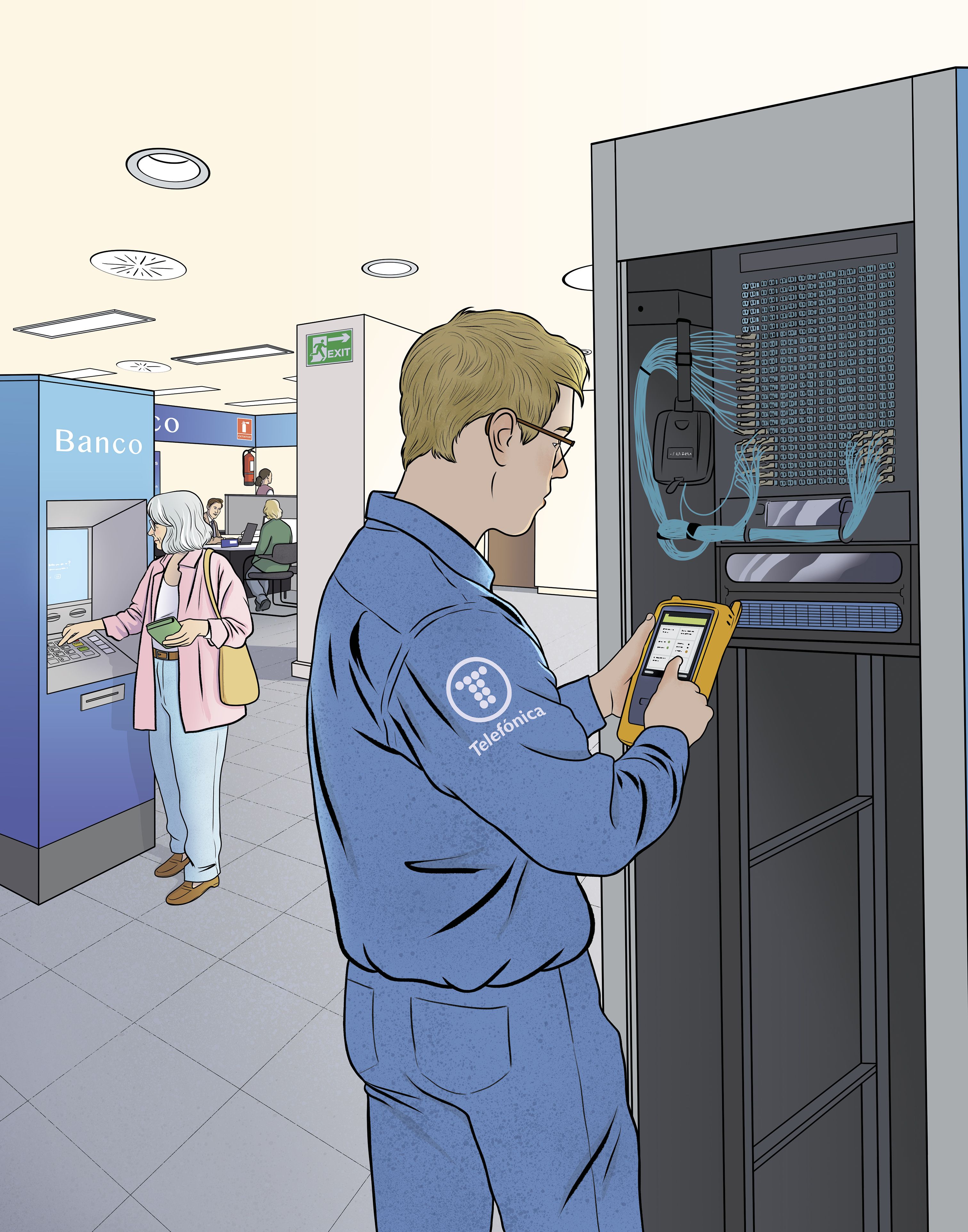
Mobile phones and the internet change everything
Chapter 4
In the mid-1990s, two great revolutions converged: the mobile phone and the appearance of the Internet. Telefónica, directly impacted by both, led the implementation and popularisation of both services, first separately and then altogether with the arrival of smartphones.
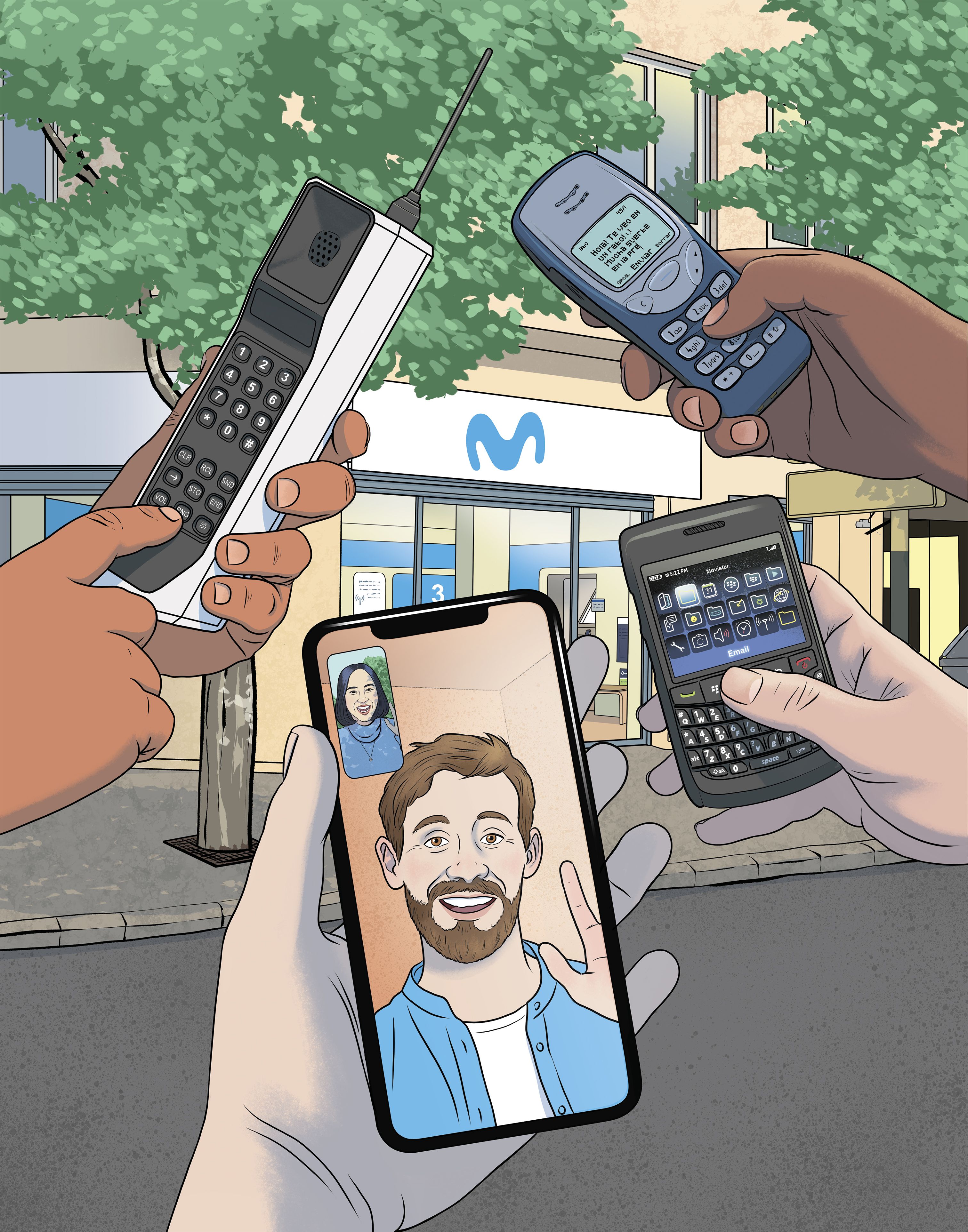
From monopoly to competition
Chapter 5
After 80 years of providing communications services in Spain alone, Telefónica opened up to competition in the late 1990s following its full privatisation. The evolution and transformation of the company and its performance in a market open to other players is described in chapter 5.
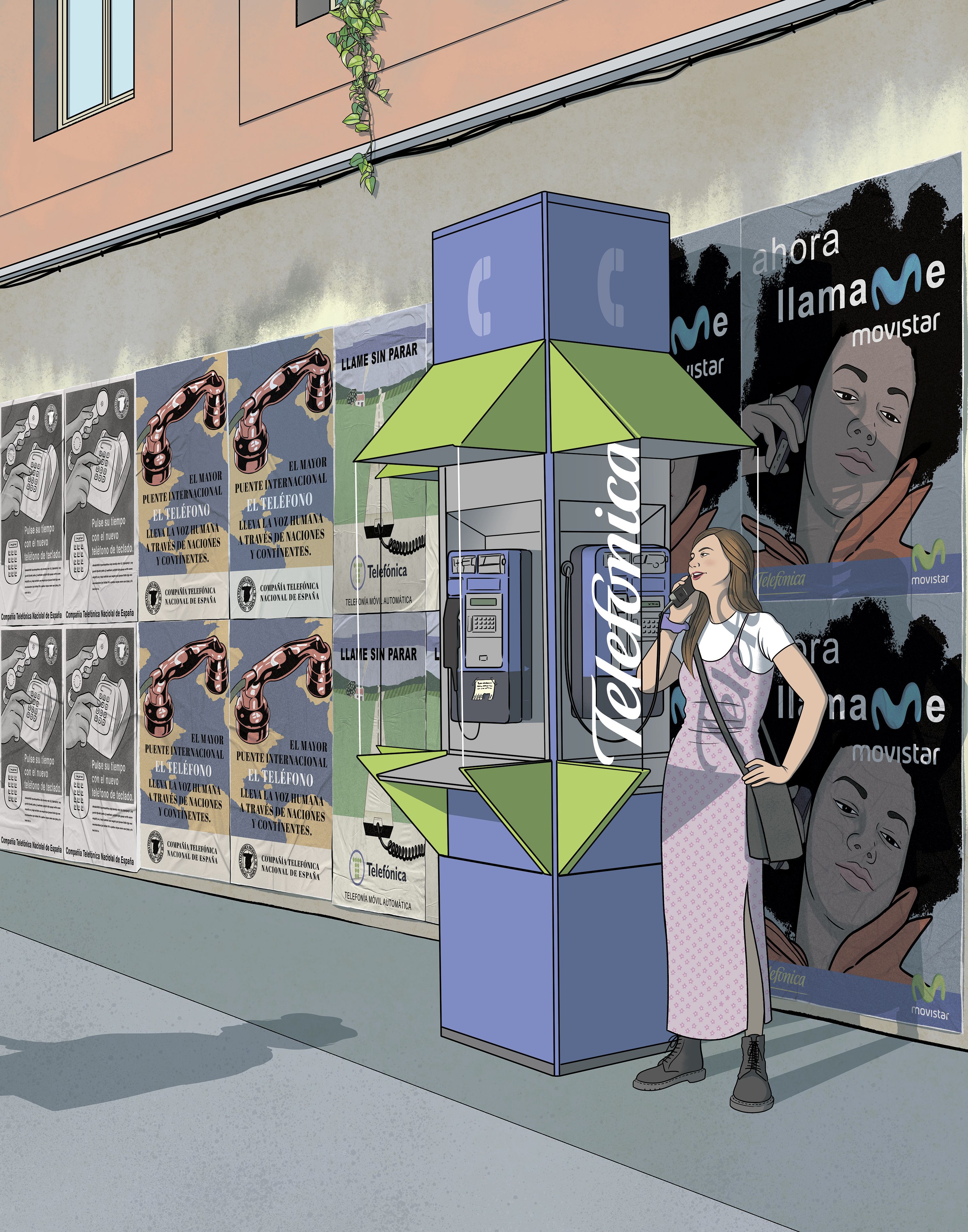
Telefónica goes out into the world to grow
Chapter 6
Telefónica's internationalisation changed it completely. Its landing first in Latin America and then in Europe made it not only bigger but also more diverse. Its expansion, first financially and then operationally, the key role of Brazil and the purchase of O2 are detailed in this chapter.
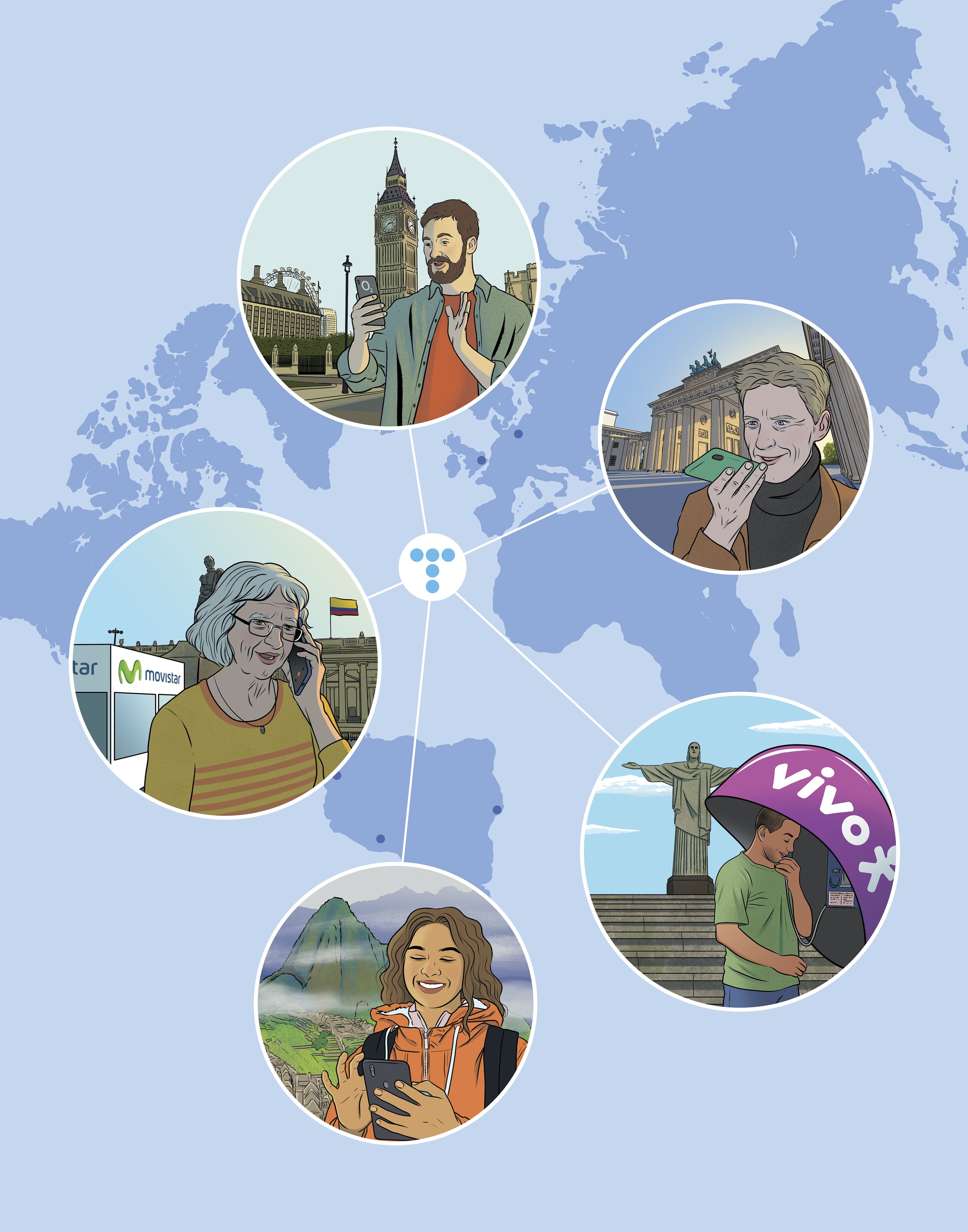
A company of people for people
Chapter 7
Chapter 7 is a review -and a tribute- to the three huge pillars on which Telefónica has been built since the very day of its birth: employees, customers and shareholders. The key role of each of these groups and how the company relates to them is explained.
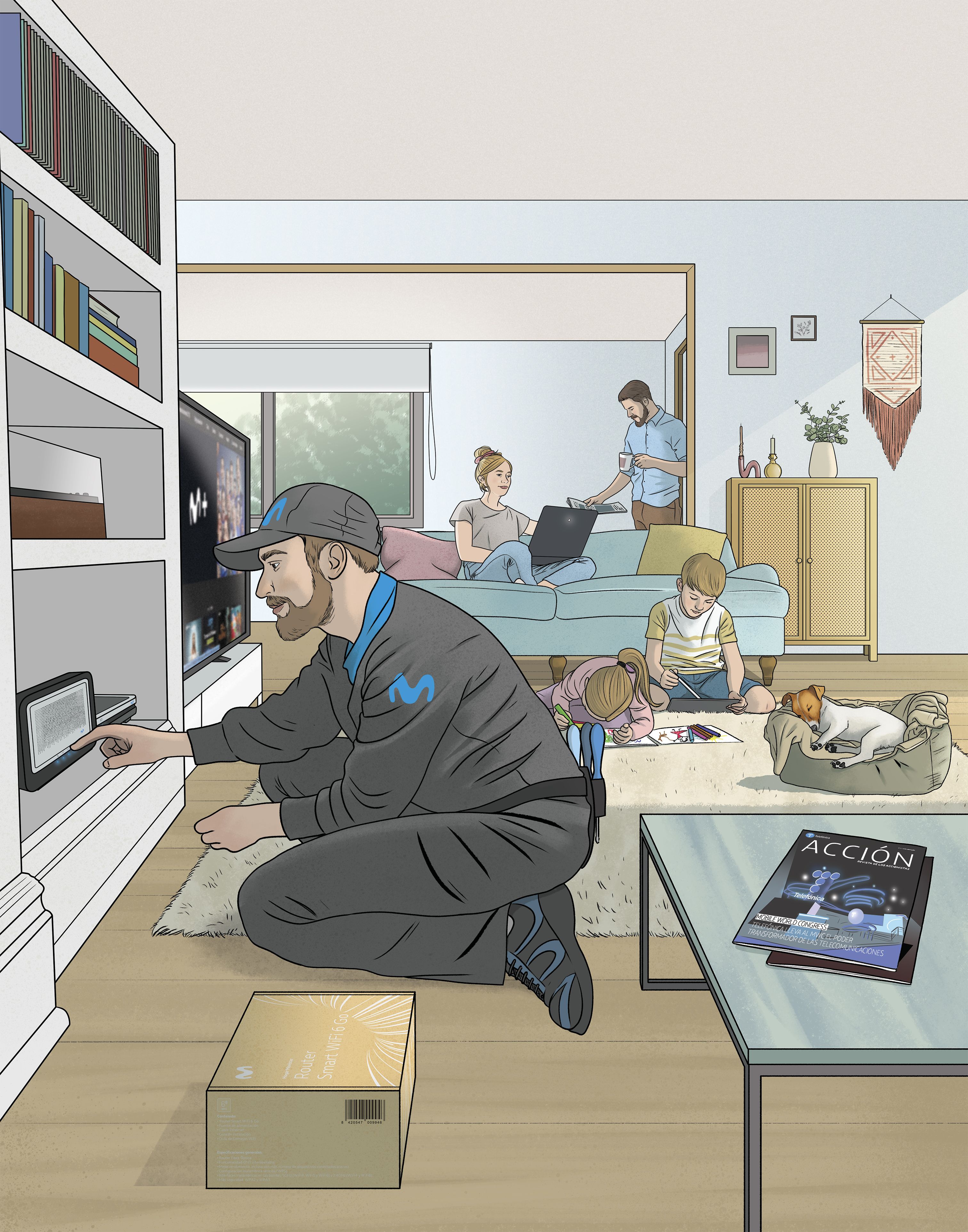
Commitment to improving the world
Chapter 8
Beyond telecommunications, Telefónica's mission is to make the world more human. Its relationship with the environment and its commitment to giving back part of what it receives from the societies where it is present is the subject of this chapter, which reviews the role of Fundación Telefónica, sponsorships, cultural patronage and Institutional Relations.
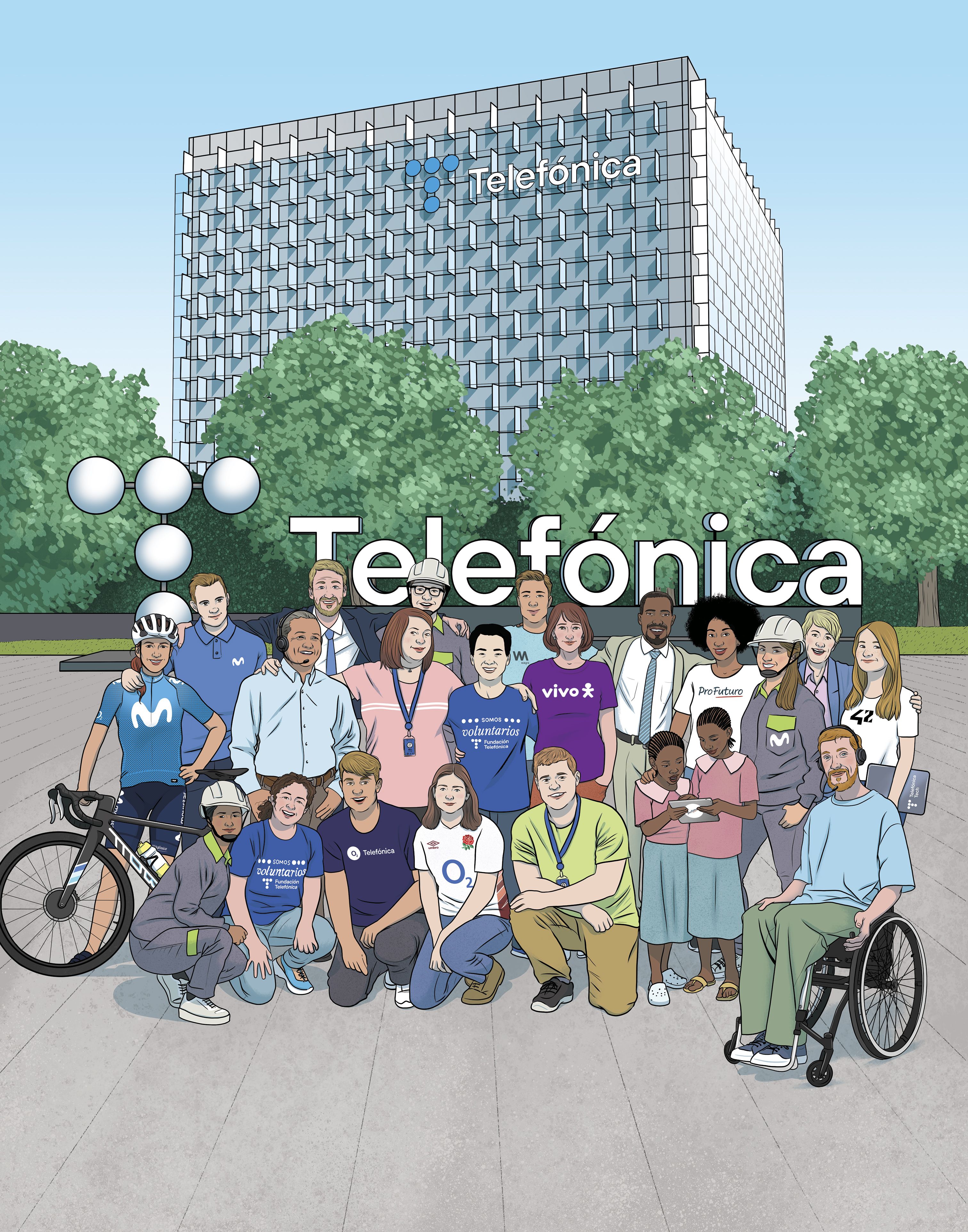
Leading for the next 100 years
Chapter 9
Telefónica wants to lead the digital revolution based on values and is prepared for the next 100 years. Chapter 9, which closes the book, reviews the next milestones we will face as a society and how Telefónica sees that future, the rules of the game and the upcoming challenges.
